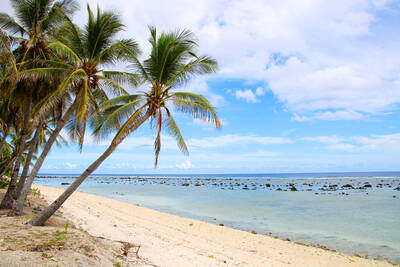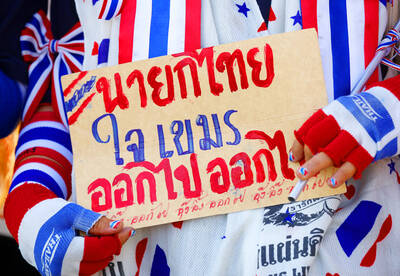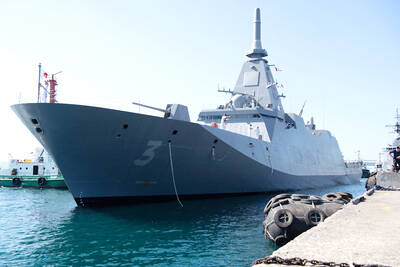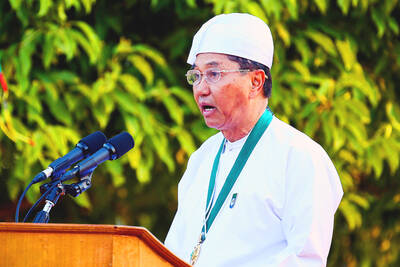Mammoths had more than woolly coats to protect them from the frigid conditions of their sub-zero stomping grounds, scientists have discovered.
The extinct beasts had a form of antifreeze blood that kept their bodies supplied with oxygen in the sub-zero temperatures, according to a study of DNA extracted from 43,000-year-old mammoth remains.
A genetic adaptation in the woolly mammoths’ hemoglobin — the molecular cage that carries oxygen in the blood — allowed them to thrive at high latitudes without losing much heat.
Ancestors of the woolly mammoth originated in equatorial Africa about 7 million years ago, but populations migrated north more than 1 million years ago, in a period of Earth’s history when climate change caused temperatures to plummet.
Unlike modern elephants, which have evolved large ears and other characteristics to keep cool in excessive heat, ancestral mammoths survived by evolving ways of saving heat, such as small ears and tails.
In the latest study, a team led by Kevin Campbell at the University of Manitoba in Canada found another physiological trick that mammoths used to endure the ice age.
Campbell’s team isolated hemoglobin DNA from a woolly mammoth recovered from the Siberian permafrost and compared it with genetic code extracted from modern African and Asian elephants.
The mammoth’s DNA differed in a small but significant way.
Changes in 1 percent of the proteins studied showed that it took less energy for mammoth hemoglobin to release its oxygen into the body as it coursed through the blood vessels.
“It literally allows their blood to run cold,” Campbell said.
“Without this genetic adaptation, woolly mammoths would lose more heat in winter, and they would have to replace that energy by eating more,” he said.
“In winter, there is less food around, so it was clearly a benefit to have this,” Campbell said.
The research is reported in the journal Nature Genetics.
Current Arctic species, such as musk ox and reindeer, have evolved a similar antifreeze system independently.
Campbell said the work shows how paleobiology — broadly the study of ancient, extinct life — has come of age.
“We resurrected mammoth hemoglobin. It’s no different from going back 40,000 years in a time machine and taking a blood sample from the animal,” he said.
“Our study is the first one to reconstruct an evolutionary important, adaptive trait from an extinct species using ancient DNA,” said Michi Hofreiter, a co-author of the study at the University of York.
“It therefore opens up the possibility to build up a much more complete picture of morphology, physiology and evolutionary adaptations than would be possible using non-molecular study of fossil bones,” Hofreiter said.

Nauru has started selling passports to fund climate action, but is so far struggling to attract new citizens to the low-lying, largely barren island in the Pacific Ocean. Nauru, one of the world’s smallest nations, has a novel plan to fund its fight against climate change by selling so-called “Golden Passports.” Selling for US$105,000 each, Nauru plans to drum up more than US$5 million in the first year of the “climate resilience citizenship” program. Almost six months after the scheme opened in February, Nauru has so far approved just six applications — covering two families and four individuals. Despite the slow start —

YELLOW SHIRTS: Many protesters were associated with pro-royalist groups that had previously supported the ouster of Paetongtarn’s father, Thaksin, in 2006 Protesters rallied on Saturday in the Thai capital to demand the resignation of court-suspended Thai Prime Minister Paetongtarn Shinawatra and in support of the armed forces following a violent border dispute with Cambodia that killed more than three dozen people and displaced more than 260,000. Gathered at Bangkok’s Victory Monument despite soaring temperatures, many sang patriotic songs and listened to speeches denouncing Paetongtarn and her father, former Thai prime minister Thaksin Shinawatra, and voiced their backing of the country’s army, which has always retained substantial power in the Southeast Asian country. Police said there were about 2,000 protesters by mid-afternoon, although

MOGAMI-CLASS FRIGATES: The deal is a ‘big step toward elevating national security cooperation with Australia, which is our special strategic partner,’ a Japanese official said Australia is to upgrade its navy with 11 Mogami-class frigates built by Japan’s Mitsubishi Heavy Industries, Australian Minister for Defence Richard Marles said yesterday. Billed as Japan’s biggest defense export deal since World War II, Australia is to pay US$6 billion over the next 10 years to acquire the fleet of stealth frigates. Australia is in the midst of a major military restructure, bolstering its navy with long-range firepower in an effort to deter China. It is striving to expand its fleet of major warships from 11 to 26 over the next decade. “This is clearly the biggest defense-industry agreement that has ever

MILITARY’S MAN: Myint Swe was diagnosed with neurological disorders and peripheral neuropathy disease, and had authorized another to perform his duties Myint Swe, who became Myanmar’s acting president under controversial circumstances after the military seized power from the elected government of Aung San Suu Kyi more than four years ago, died yesterday, the military said. He was 74. He died at a military hospital in the capital, Naypyidaw, in the morning, Myanmar’s military information office said in a statement. Myint Swe’s death came more than a year after he stopped carrying out his presidential duties after he was publicly reported to be ailing. His funeral is to be held at the state level, but the date had not been disclosed, a separate statement from the